I am having problem understanding how this piece of code works. I understand when the x is a positive number, actually only (x & ~mark) have a value; but cannot figure what this piece of code is doing when x is a negative number.
e.g. If x is 1100(-4), and mask would be 0001, while ~mask is 1110. The result of ((~x & mask) + (x & ~mask)) is 0001 + 1100 = 1011(-3), I tried hard but cannot figure out what this piece of code is doing, any suggestion is helpful.
/*
* fitsBits - return 1 if x can be represented as an
* n-bit, two's complement integer.
* 1 <= n <= 32
* Examples: fitsBits(5,3) = 0, fitsBits(-4,3) = 1
* Legal ops: ! ~ & ^ | + << >>
* Max ops: 15
* Rating: 2
*/
int fitsBits(int x, int n) {
/* mask the sign bit against ~x and vice versa to get highest bit in x. Shift by n-1, and not. */
int mask = x >> 31;
return !(((~x & mask) + (x & ~mask)) >> (n + ~0));
}

